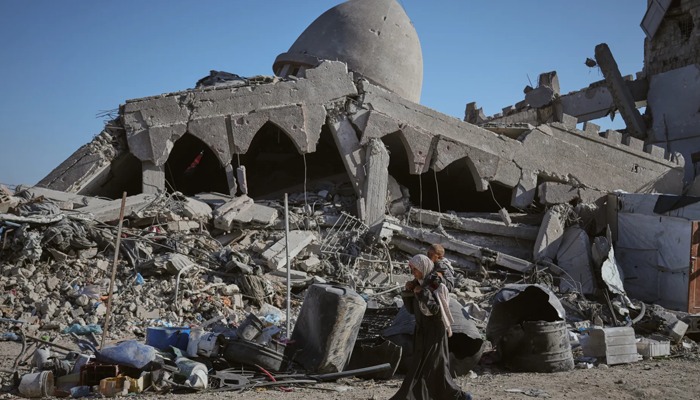DHAKA – Bangladesh is investigating the mysterious deaths of nearly a dozen zebras in the country’s largest safari park, with officials blaming an inter-equine turf war and an unknown bacterial illness.
Eleven zebras, along with a Bengal tiger, have died since the start of the month at the 1,500-hectare (3,800-acre) enclosure, north of the capital Dhaka.
Before the two latest deaths last week, park chief Mohammad Jahidul Kabir said five of them had died from bacterial infections and four others had been mortally wounded after fighting each other.
The case only came to light after a local lawmaker visited the park last week, pushing authorities to order a probe, while a veterinarian and two other officials have been relieved of their duties.
“We’ve visited the safari park to probe the deaths. We are trying to find the clues,” Sanjay Kumar Bhowmik, who is heading the government investigation, told AFP.
“We will send the post mortem and viscera of the dead zebras … to top laboratories at home and abroad,” he added.
The animals were originally brought from South Africa and the deaths have reduced the park’s population of the zebras to 20.
The tiger died on January 12 and its death was kept hidden for weeks by park authorities. It was segregated from the zebras and was not believed responsible for any of their deaths.
According to a research article published in April 2010 on ‘Investigation on to the Illness and Death of Zebra at Dhaka Zoo,’ zebra is the member of the Equidae family available at Dhaka Zoo and gradually disappeared due to inadequate health management and varies maladies.
The aim of this study was to investigate the cause of illness and death of zebras at Dhaka Zoo.
On January 10 and 25, 2010, two zebras died and one become seriously ill on February 15, 2010 and was considered as the study samples.
The dead animals were necropsied, representative samples were collected in formalin for histopathological examination. Thoracic fluid, cardiac fluid, abdominal fluid and blood from these zebras were also used for isolation of causal bacteria.
Blood sample was also collected from the sick zebra and subjected for bacteriological examination.
Results of necropsy examination revealed hydrothorax, pneumonia and septicaemia. Histopathological findings revealed pulmonary emphysema, interstitial pneumonia, bronchitis, and pulmonary thrombosis, exudates in lung alveoli and granulomatous lesions in lungs.
Other important findings were hemosiderosis and anthracosis. Based on the cultural, morphological and biochemical tests, Pasteurella sp. was identified.
Bacteriological examination revealed that the organism bears similarities with P. multocia, P. hemolytica and P. aerogenes but definite bacterial species was not identified. The zebras were collected from Africa and the bacterial nature identified was Pasteurella but definite species could not be identified; could be a Pasteurella available in Africa.
Therefore, it needs investigation at other biochemical and genetic level to confirm the bacterial species involved. There occurrence of similar disease at later on was also observed in zebra at DhakaZoo and responded well to treatment for pasteurellosis; the cause of illness was, therefore, confirmed as Pasteurellosis.



















